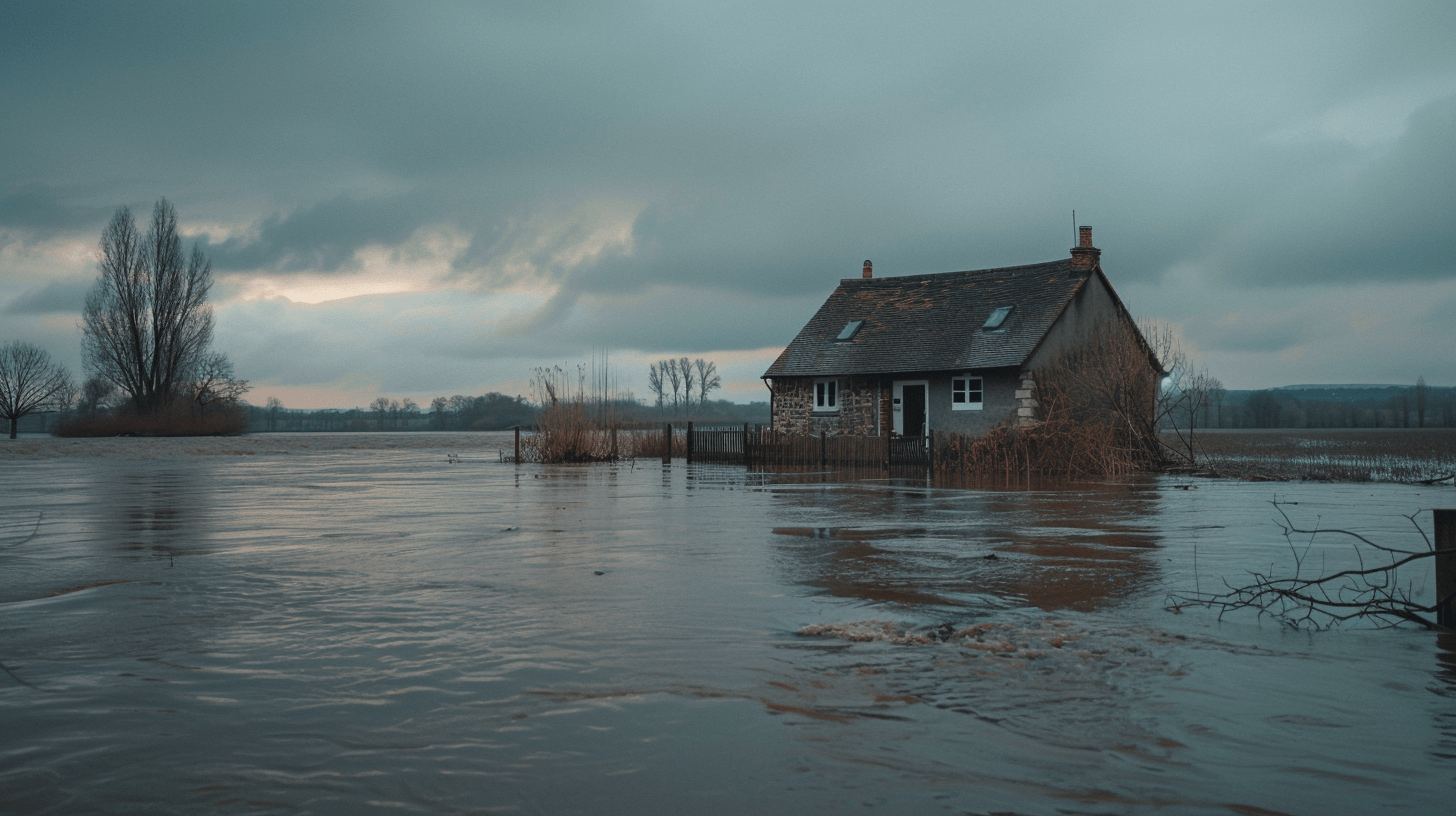Floods
Flooding is worsening with climate change and urban growth. Learn what causes floods, their impacts, and how to build resilience.

Emergency Response
Emergency response focuses on immediate actions that reduce harm and save lives during and shortly after a flood.
Evacuation Protocols: How communities use early warning systems, sirens, and public alerts to evacuate high-risk areas.
- In July 2018, record-breaking rains caused devastating floods across Western Japan. Authorities issued evacuation orders for over 1.8 million people. Many residents were evacuated through a mix of local government alerts (via TV, radio, and loudspeakers) and mobile alerts sent through a national warning system.
Disaster Relief & Humanitarian Aid: Distribution of food, water, shelter, and medical services by government agencies, NGOs, and international aid groups.
- After Typhoon Haiyan (Yolanda) devastated parts of the Philippines, local, national, and international organizations mobilized quickly to provide relief. The Philippine Red Cross distributed food, clean water, and medical supplies to the hardest-hit areas.
Search & Rescue Operations: The role of first responders, the military, and volunteers in locating and helping trapped or injured people.
- During the 2007 floods in England, where parts of Gloucestershire, Yorkshire, and other regions were inundated, the UK’s Environment Agency, the fire and rescue services, and military units were involved in search and rescue missions
Crisis Communication: How authorities keep the public informed through media, social platforms, and local networks to reduce panic and coordinate relief.
- During the 2017 Hurricane Harvey that hit Texas, the federal emergency management agency (FEMA) worked with local agencies to provide updates via digital platforms, public service announcements, and social media channels. They also created a #FEMA app that allowed residents to find shelters, track FEMA disaster assistance, and get updates on the storm’s path and local flooding.